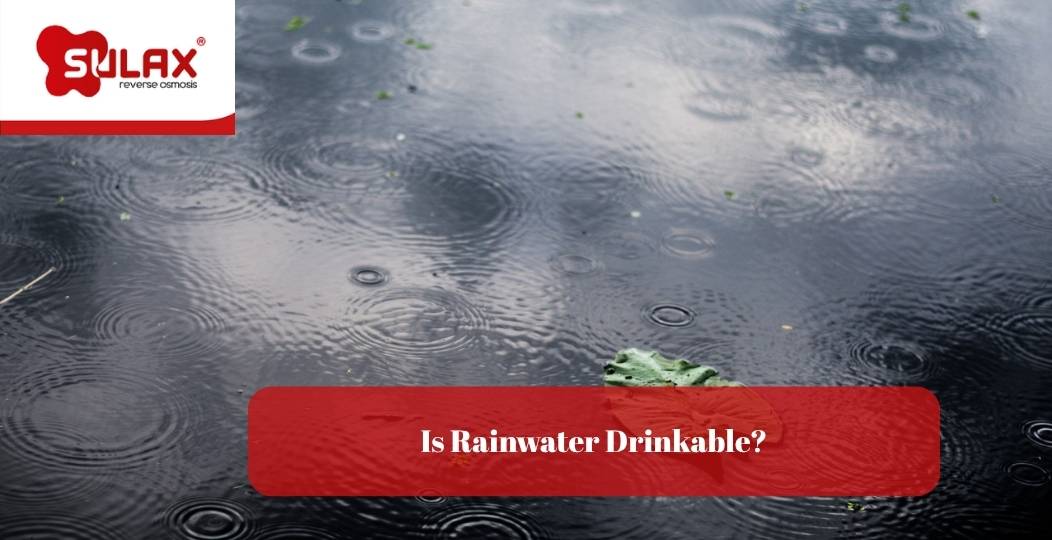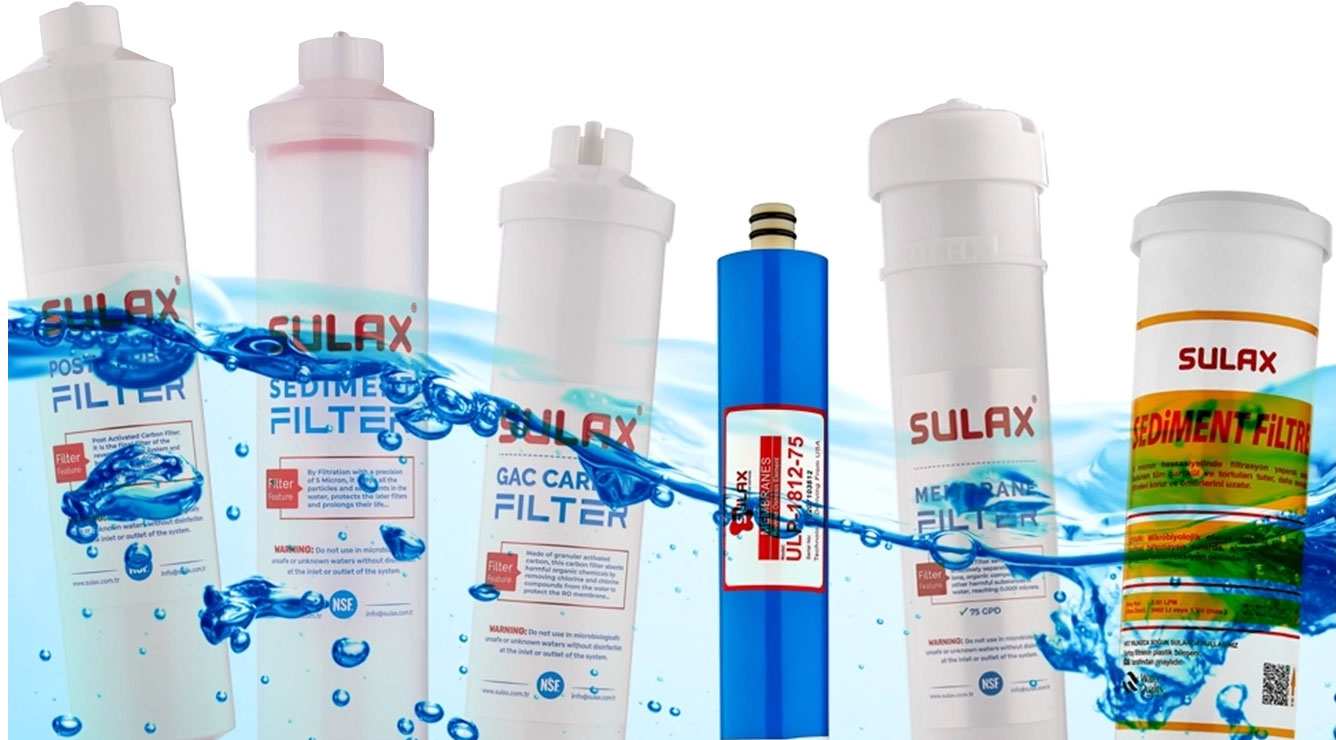
Rainwater should **not be consumed directly without purification**. Especially in urban environments, harmful gases and airborne particles can contaminate rainwater. This leads many to ask, “Is rainwater safe to drink?” The answer is clear: **If not properly treated, drinking rainwater can pose health risks**.
To use rainwater as drinking water, purification is essential. So how can you purify rainwater at home? First, install a system that filters out large debris such as leaves and bird droppings. Next, use **activated carbon filters** to eliminate odors and chemical pollutants. Finally, employ **UV sterilization or reverse osmosis** to remove microbiological contaminants. After these steps, rainwater may become safe to drink.
Many people ask: “Can I collect and purify rainwater at home?” The answer is yes—but **collection alone is not enough**. The storage tank must be shielded from sunlight, insulated to prevent algae growth, and cleaned frequently. After that, the water should go through a purification system before being used as drinking water. This practice is especially common in rural areas as a method of water conservation.
Helpful Tip: Redirecting the first 10–15 minutes of rainfall away from the system reduces the risk of contamination.
When is rainwater safe to drink? In **clean, remote areas away from industrial pollution**, fresh rainfall collected mid-rain and then boiled and filtered can be consumed in emergencies. However, **urban residents should not rely on this method**, as water running off rooftops may carry harmful bacteria and chemicals. It should not be consumed without proper treatment and testing.
Rainwater benefits both skin and the environment. Its low mineral content helps soften hair and is ideal for gardening because it doesn’t exhaust the soil. The answer to “How does rainwater benefit the skin and environment?” lies here: Its **pure, chemical-free nature** allows it to be used without disrupting natural balance.
Is rainwater clean in urban areas? The answer: **Most of the time, it is not.** As rain falls, it combines with **carbon, sulfur, and nitrogen compounds** in the atmosphere, becoming acidic. In industrial zones, rain can even turn into acid rain—posing risks to both **nature and human health**.
Note: Rainwater collected mid-rainfall in clean areas generally has the lowest level of contaminants.
Another common question: “Is boiled rainwater safe to drink?” Boiling **kills bacteria**, but **does not remove heavy metals, chemical residues, or toxins**, which may remain at temperatures below 100°C. So **boiling alone is not enough**. To make rainwater truly drinkable, it must also be filtered and tested for contaminants.
Is rainwater considered pure water? Although it may look pure, **it is not chemically pure**. Raindrops absorb particles from the atmosphere and contain **dissolved gases, pollutants, and even bacteria**. While pure water consists only of H₂O, rainwater contains many other substances, making it far from pure.
Important Warning: Just because rainwater looks clear does not mean it is safe or pure.
Is drinking rainwater healthy? That depends on whether it’s been purified. If rainwater is **properly filtered and tested**, and free from microorganisms, it may be safe to drink occasionally. However, **regular consumption requires ongoing purification and testing**. Otherwise, risks such as gastrointestinal infections or heavy metal poisoning may arise.
Recommendation: Untreated rainwater is not safe to drink. However, if filtered and tested, it may be consumed safely.
Rainwater may absorb pollutants as it falls through the atmosphere. In cities, acid rain and contamination from dirty rooftops make direct consumption unsafe.
To safely consume rainwater, it must go through **filtration, activated carbon treatment, and microbial disinfection**, such as UV light or reverse osmosis. Without these steps, it is not recommended for drinking.
Drinking untreated rainwater can cause **stomach problems, intestinal infections, or heavy metal poisoning**. Therefore, it must always be properly treated and tested.

Fill out the form and be the first to enjoy the benefits!